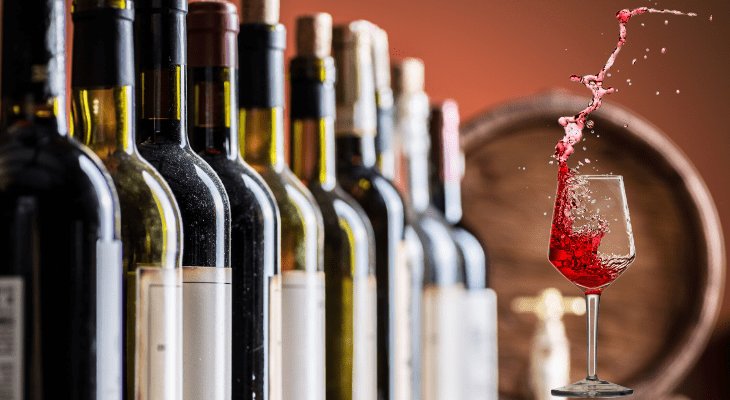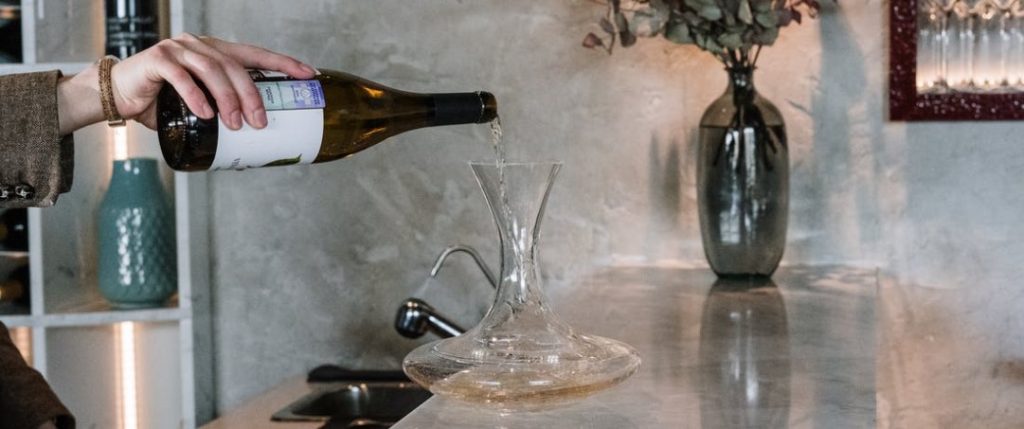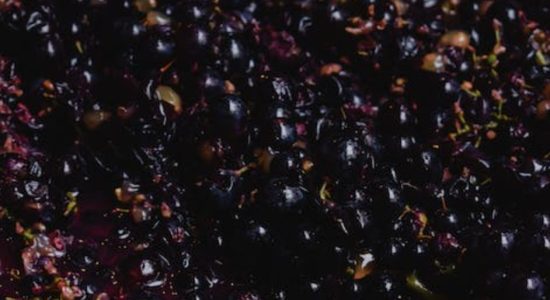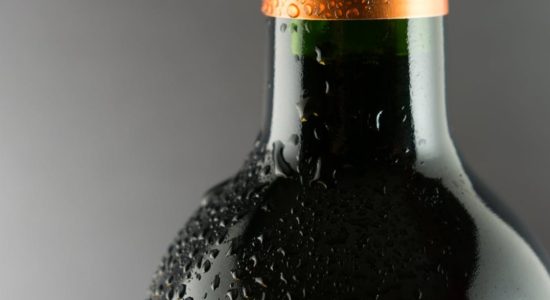Why- & How-To: Aerate Wine » 3 Quick Tips

Aerating Wine is playing an essential role in getting the best experience possible.
In this blog post, I will explain and elaborate on the importance and impacts to aerate the wine, and overall what it means to aerate wine.
What Does It Mean to Aerate Wine? To aerate wine means that you ‘add’ oxygen to the wine. This helps the wine to develop and the wine will thereby get a more soft and better taste.
If you would like more information about aerating wine, decanting wine and tips for doing so, keep reading the post as I go into depth with these topics.
Read Also: Do Wine Kits Have A Shelf Life?
Why do you aerate wine? – and how do you aerate wine`?
Aeration of wine starts in that very second the cork is pulled off the bottle. Most people experience that the wine gets a softer and more round taste if it’s allowed to aerate before consumption. However, this case is often when we’re talking more recent wines.
When the wine is bottled it’s secured with an airtight seal. Eventually, the tannins are decomposed and thereby creates a softer and more drinkable wine. This is, among others, why older wines often are more expensive.

Aeration of a newer wine mimics the aging process and creates this softer, better wine taste.
Contrary to decanting, aerating wine is all about pouring the wine as much as possible to add oxygen into it so the wine will release its aromas. With that said not all wines are improved by aerating -but nothing ever happens by trying.
What is Tannin?
Tannin belongs to the group of phenols in wine and origin from the shell of the grape, the stem and the kernels. The tannin in the wine helps, among others, to color make the wine.
Different types of grape variety contain a varying amount of tannin. Depending on which kind of grape variant is used in the production, the wine will have a different taste because of the different amounts of tannin.
When we’re talking about tannin, there are both ripe and unripe. Thereby the ripeness of the grapes play an essential role in the taste of the wine. The winemaker can use different methods for this in the production that will affect the amount of tannin in the finished product.
The temperature under the soaking of the grapes can, for example, be raised which will extract more tannins. Overall, tannin gives the wine structure and texture, bitterness and a full flavor.
3 Great Tips: How to Aerate Wine
#1 Aerating in the bottle:
Even though this one is an opportunity it’s not the best one of its kind. This is just an easy solution most people prefer, but this method doesn’t really make a difference for aeration.
Only a little part of the surface of the wine is getting in touch with oxygen by letting the wine aerate in the bottle. This will only allow a small part of the wine to evolve.
#2 Aerating in a glass:
Unlike letting the wine aerate in the bottle you can advantageously let the wine aerate in the wine glass. Most of all wineglass have this incredible function of being widest in the lowest third and narrowest in the top. Here the wine is getting a larger surface than in the bottle and can now absorb more oxygen. The smaller top helps intercept more aromas. To aerate the wine in the glass helps to control the aeration.
#3 Decanting in a carafe:
Read on to the section just below, where you can learn more about decanting wine.
Also read: This Is How Long It Takes To Make Wine At Home
What Exactly does Aeration do to a Wine?
Now we know why we aerate wine and how to do it. But what exactly does aeration do to a wine?
By adding oxygen to the wine two things happen: it triggers oxidation and evaporation.
Wine consists of hundreds of compounds and when the wine aerates the unwanted compounds evaporates faster than the wanted compounds as taste and aroma.

What does Decanting mean?
Decanting means separation of fluid from precipitation of particles. Most often this is done with wines of a certain age, that has secreted sediment in the bottle. This can be done in a carafe.
Overall there are two types of carafes.
- The first is the carafes with a wide bottom end, there are intended to give the wine a whole lot of oxygen from a wide surface.
- Next up is the tall, slim carafe that is made as a decanter. Hereby there is two reasons to decant wine:
- While decanting wine you increase its contact with the air. This makes the wine oxygenated which makes it evolve fast and gives the wine a softer and better savor.
- In some wine bottles there can slightly appear sediment which you would appreciate avoiding getting into your wine glass. By conducting a slowly decanting you can ensure that the sediment will stay in the bottle or carafe, instead of end up in your wine glass.
Which Wine Needs to be Aerated?
Today most of the wine we buy is already filtered. If the wine is already filtered there will only rarely occur sediment in the bottles.
Most people mean that only red wine can be decanted, but this is not necessarily the case, white wine can namely be decanted as well.
TIP: Stay away from decanting sparkling wine because the bubbles and the sparkling taste then will disappear.
How Long Before use Should I Decant my Wine?
A good rule of thumb is to decant the wine for around 30 minutes and two hours before the wine is served.
However, this is different depending on which wine we’re talking about. Thereby it’s also important to remember that the wine keeps aerating in the glass and that the wine aerates faster in a carafe than in the bottle.
Read Also: Wine Making Kits For Beginners







